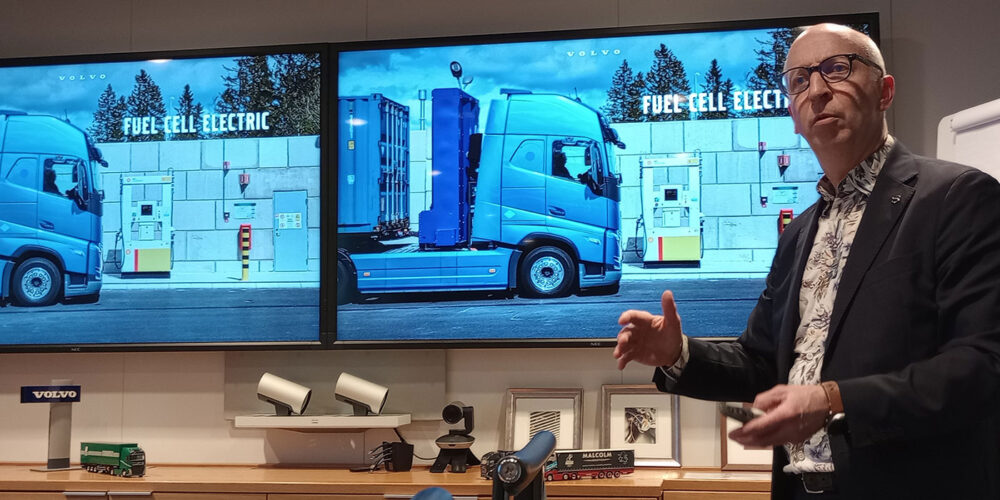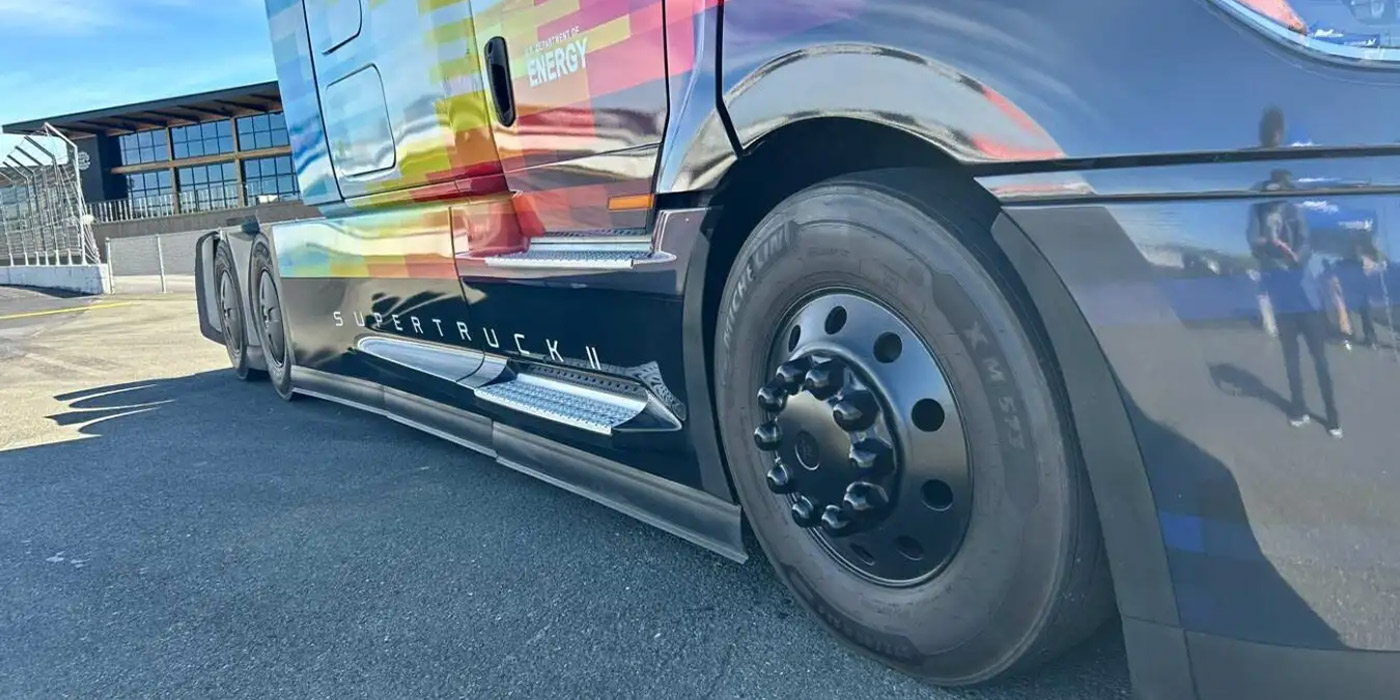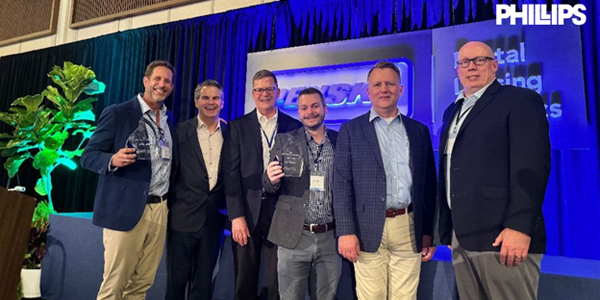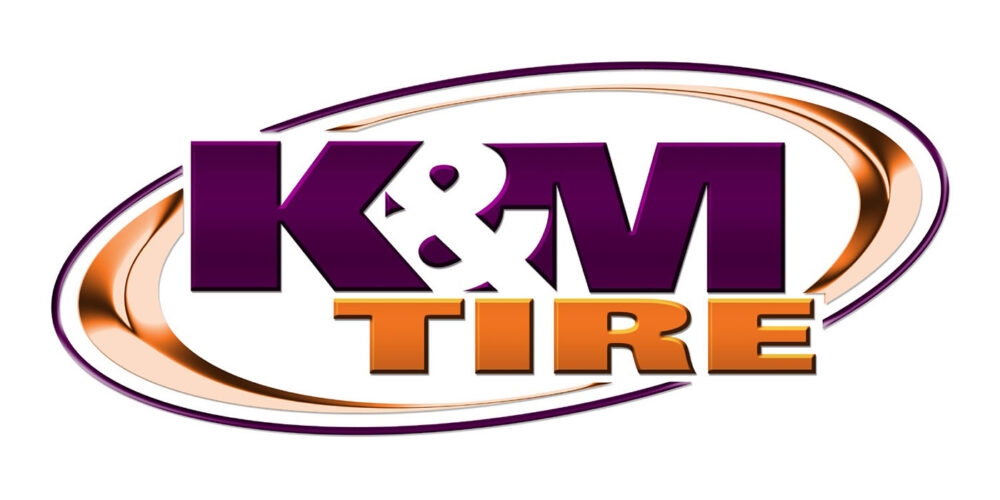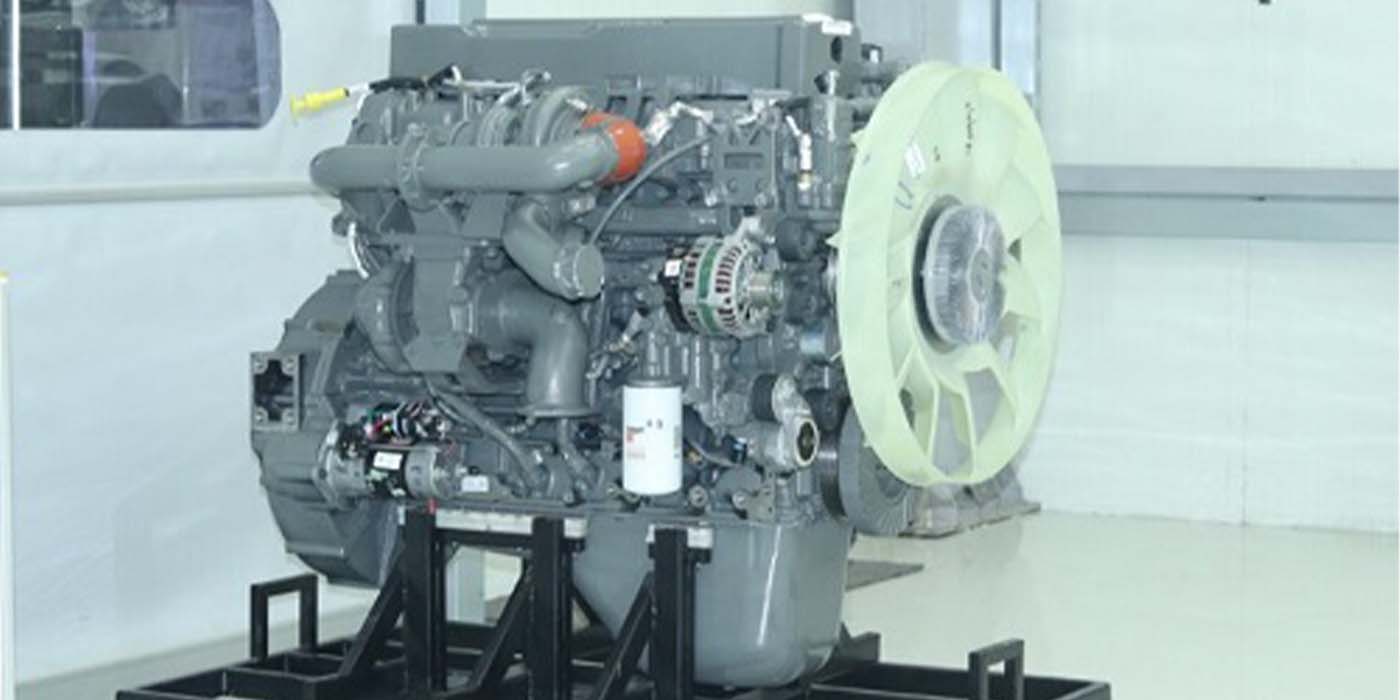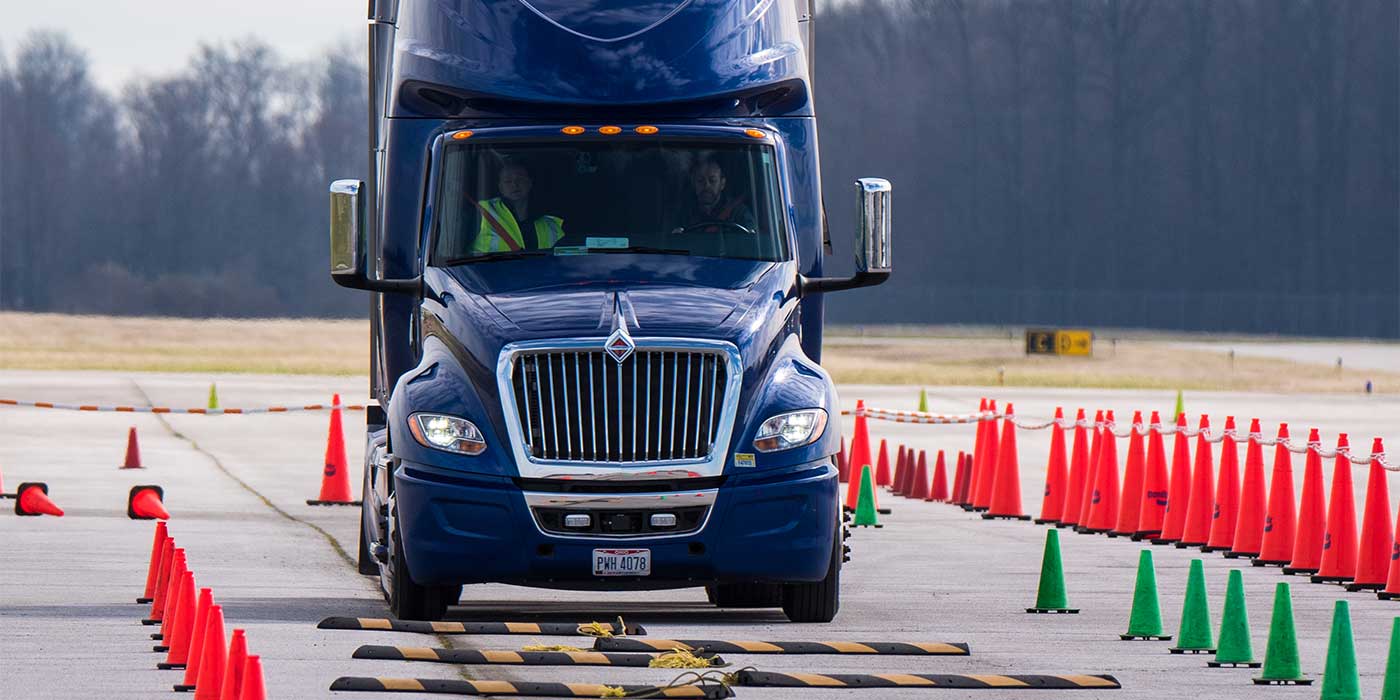The trucking industry consensus is clear: The zero-emissions trucking future will be a mix of powertrain technologies including battery electric, hydrogen fuel cell and, yes, even internal combustion engines. The transition to electric powertrains has started with the availability of battery electric heavy- and medium-duty trucks and investments by OEMs in both battery electric and hydrogen fuel cell product development indicate that the transition will ramp up over the next two decades as many heavy-duty truck manufacturers aim to have a full zero-emissions truck lineup by 2040, Volvo Trucks North America included, but Lars Stenqvist, chief technology officer, Volvo Group, warned a group of North American trucking journalist about regulation with a myopic view of decarbonization.
“Far too many politicians across the globe want to ban technologies instead of telling us what they want to achieve,” he said. “Right now, it looks like we have a ban on combustion engines in California in the second half of the 2030s; UK is going in the same direction. I hope that we will sober up a little bit down the road because engines running on hydrogen for certain applications can be very good solution. I think that we will need many different solutions. There is no silver bullet in order to decarbonize all road transport across the globe, we will need to have a little bit broader palette.
“I have 15,000 engineers, and they will develop the best technology to meet what you want to achieve, but don’t ban technology.”
At the same time that Volvo Trucks has fielded one of the widest all-electric vehicles, globally, Stenqvist stated that this year, 2024, Volvo Trucks will spend more money on internal combustion engine development than ever before. A chunk of that is related to its recent move to acquire a 45% interest in a joint venture with Westport Fuel Systems for the sum of approximately $28 million, payable upon closing, plus up to an additional $45 million depending on the performance of the joint venture. Performance that leans on the commercialization and global adoption of Westport’s High Pressure Direct Injection (HPDI) fuel system technology for long-haul and off-road applications.
“We are already using their injection system in our gas engines in Volvo trucks in Europe. It’s a dual fuel solution. In combustion, it’s a diesel engine. We are injecting a small amount of diesel with natural gas to ignite the gas in order to get a very efficient combustion. We’re setting up a joint venture to carve out that technology and use it to for gas as well as hydrogen.”
Harnessing the power density of hydrogen
The biggest challenge in using fuels other than diesel in heavy-duty internal combustion engines (ICE) is ensuring that you can produce the power needed to get the job done. Diesel offers a high-power density and it’s easy to ignite. A fuel like hydrogen is less power dense, but extremely easy to ignite. Bringing it to ICE applications means that engineers have to find a balance between delivering the power needed and reducing emissions.
“Low pressure direct injection in the combustion engine is limited in power density, and so you can’t reach the same power density wit hydrogen as we have normally for a diesel engine,” noted Staffan Lundgren, senior technical advisor, Volvo Trucks. With a high-pressure direct injection [HPDI] system, the fuel is injected at higher pressure you can maintain the same power density as we are used to for the diesel. We are exploring both of these to see the technology development to make it into a reliable heavy-duty product that can last for at least 25,000 hours of operation.”
From an emissions standpoint a HPDI hydrogen engine would reduce CO2 emissions up to 95%, but also still produces a not insignificant amount of particulate matter. It’s still much cleaner than burning diesel fuel.
So you ignite the hydrogen, pull the needed power density out of it to tackle the application, but then there’s the question of fuel efficiency. The question of fuel efficiency of hydrogen vs. diesel in internal combustion engines has yet to be answered as hydrogen ICE technology is still being worked on behind closed doors. But Lundgren did share that in an apples-to-apples comparison of hydrogen fuel usage, a hydrogen fuel cell more efficiently uses hydrogen than a hydrogen ICE.
“If we compare the two technologies, the hydrogen ICE vehicle is a mechanical vehicle and we run it mechanically, but the hydrogen fuel cell is an electric vehicle–it doesn’t have any emissions and it has good efficiency” he said. “The drawback is that that system is more costly than the Hydrogen ICE.
“We believe that hydrogen ICE and the hydrogen fuel cell both have a position on the market because you have the benefit of the efficiency at the higher price with the fuel cell or the benefit of a simple system at the lower price with but with some emission factors that you have to come from still very low CO2 footprint in relation to a diesel.”
Hydrogen cost, availability and generation are still unknowns in the total cost of ownership equation, but to Lundgren’s point, a strong strategy offers the market–and fleet customers–choice of powertrain technologies to be able to get the job done and meet the decarbonization goals of the company and the states in which they operate.

